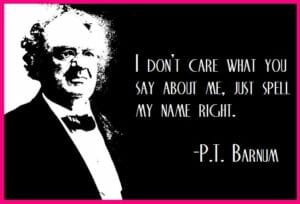Yes, you can raise funds this summer.
I’ve been showing you how asking for donations in the middle of a pandemic and an uprising against racism is actually doing your donors a favor. One of the things donors want most in times like these is the feeling of making a difference, and you can give that to them! (If you don’t, other nonprofits will.)
I’ve also been explaining how to raise funds even if your nonprofit works on issues that have very little relation to Covid-19 or to murders of Black people and other people of color by police. Take the A-B-C approach to fundraising: Acknowledge the crises. Be responsive. Continue to pursue your mission.
Direct mail works–better than asking by email, and much better than fundraising online. Sure, the best approach is a multichannel fundraising campaign. But it all comes back to the letter. And job #1 is to make sure the donor actually reads it!
So, how do you give the donor everything she needs to want to open and read your fundraising appeal?
Here’s how to make sure that letter you worked so hard to write gets read:
Envelopes Make Donors Want to Open Your Mail.
Once your donor opens the envelope, the postscript is the most important part of your appeal letter. (So important that here are four more ways to use postscripts!)
If you want a donor to read your letter, “Dear Friend” won’t cut it. Get their name right.
“But how do I know what the donor likes to be called?” Ask their name.
Use photos that tell the story.
Tell stories in words, too! And be sure to make the donor the hero of the story.
Follow these six steps and donors will be intrigued by the envelope, attracted by the letter, moved by the story, and motivated to give.







